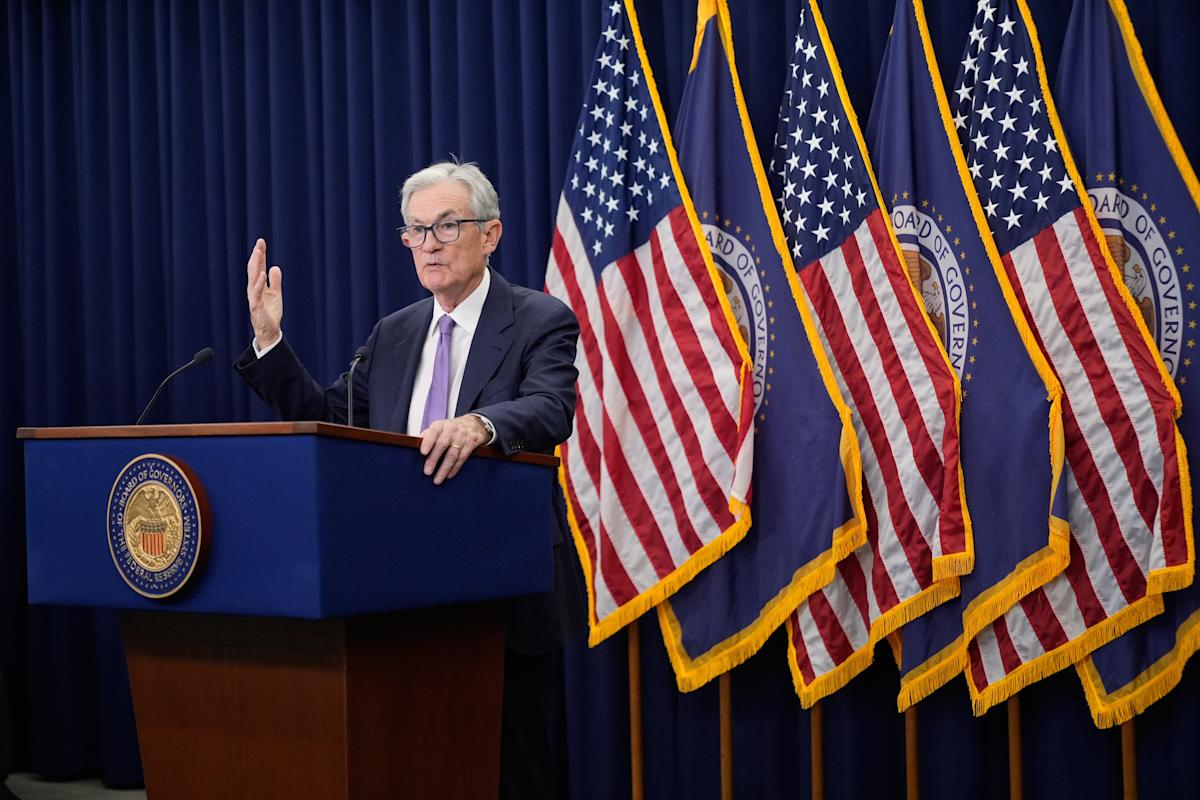It’s going to take a while for economic data to get back to normal
This is The Takeaway from today’s Morning Brief, which you can sign up to receive in your inbox every morning, along with:
The historic government shutdown is over. We finally got a (late) jobs report. But it’s going to take a long time for economic data to get back to normal.
Investors and policymakers took a half-step forward earlier this week as they digested the release of September’s mixed jobs numbers, which showed the economy added a surprising 119,000 positions, even as the unemployment rate ticked up to 4.4%.
The confusing mash-up of numbers lent itself to a now-familiar game of economic policy, where officials can choose their own adventure by emphasizing the good figure or the bad one. Should investors focus more on the stronger-than-anticipated hiring and expect Fed officials to hold firm, or should they highlight rising unemployment and look to another rate cut to close 2025?
Decisions like these are hard to make even without a data blackout, which is now a delay. But the current moment is especially fragile and uncertain. There’s weakness in the labor market and stubborn inflation, and it’s all exacerbated by the data fog that Wall Street is creeping through.
In a note that, if you squint, reads like an economist’s “Seinfeld” bit, Bank of America analysts described the current data environment like a comedy of errors:
“For October we’ll likely get payrolls but not the [unemployment] rate. The November jobs data will be complete but delayed. The BLS will probably skip the October CPI report. The November inflation data could be distorted by Black Friday sales. The data for October/November might not be released before the Fed’s Dec 10 meeting.”
And as they predicted, Friday saw the BLS say there will be no October CPI report on inflation, and November’s would come on Dec. 18. There we have it.
What’s a central banker to do without reliable data until, possibly, the Super Bowl?
There’s bad data, missing data, late data, and holiday-distorted data. Is all that worse than the prior environment of having no data? It’s hard to say.
Investors on Friday put even more money down on the likelihood of a rate cut in December, with a greater than 70% chance that central bankers will lower rates, according to the CME FedWatch tool.
Markets reacted to New York Fed president John Williams signaling he could support a cut at the next huddle, which will take place without November unemployment numbers. (Not surprisingly, Williams’s juice at the central bank made his comments far bigger a splash than those of his colleagues of late, single-handedly counteracting his colleagues.)



Leave a Comment
Your email address will not be published. Required fields are marked *